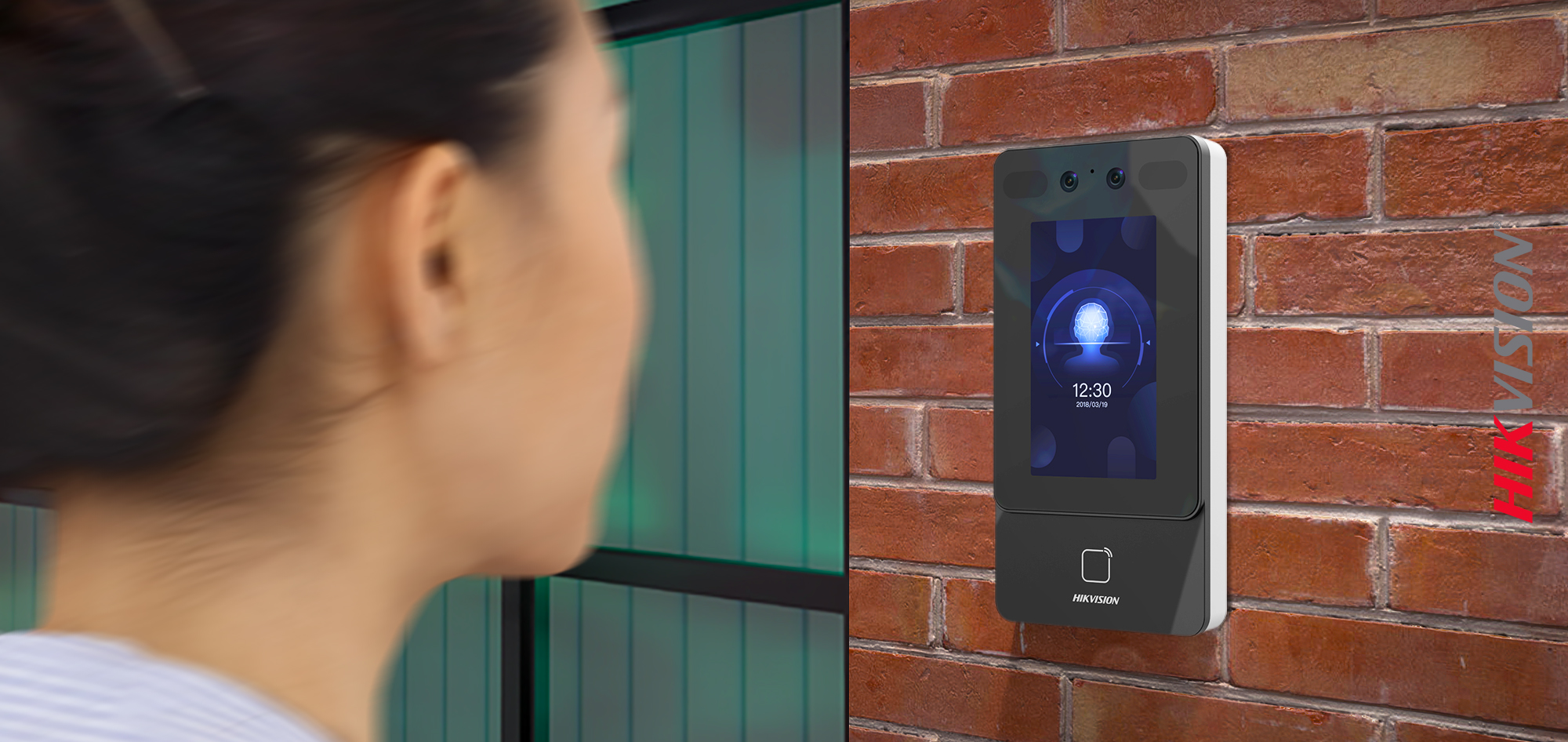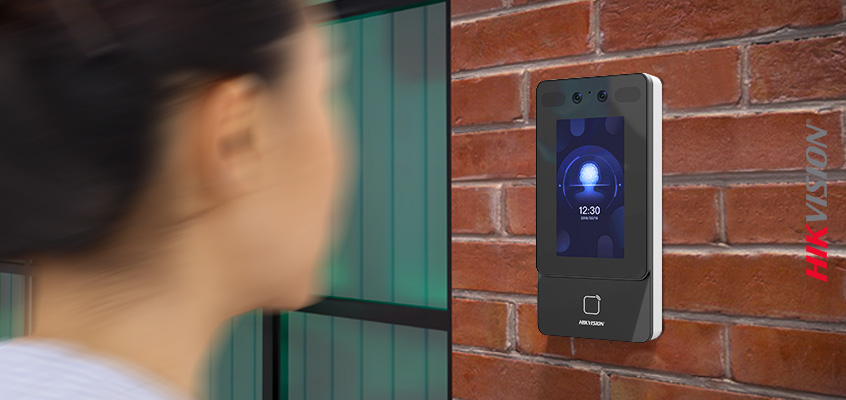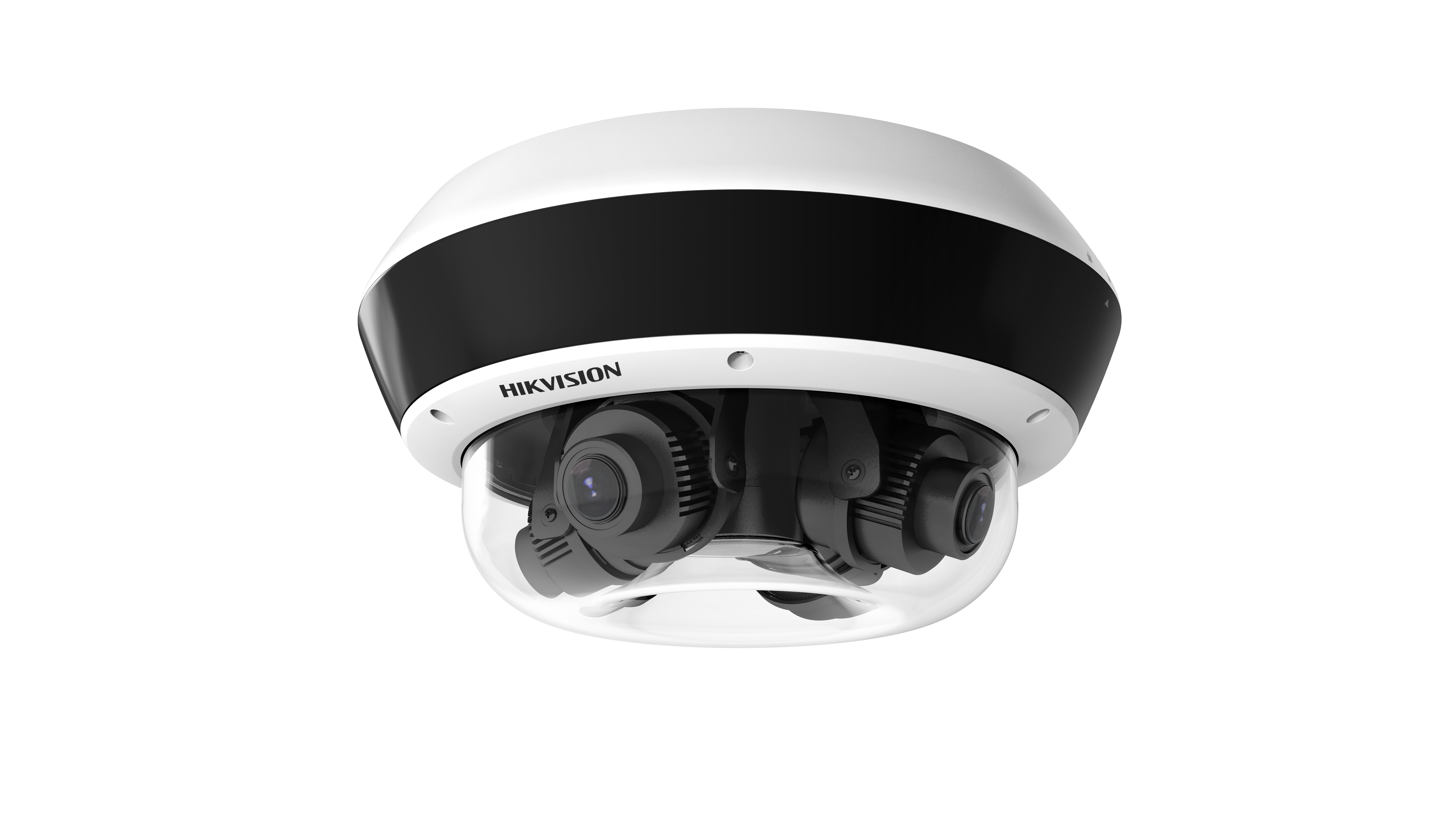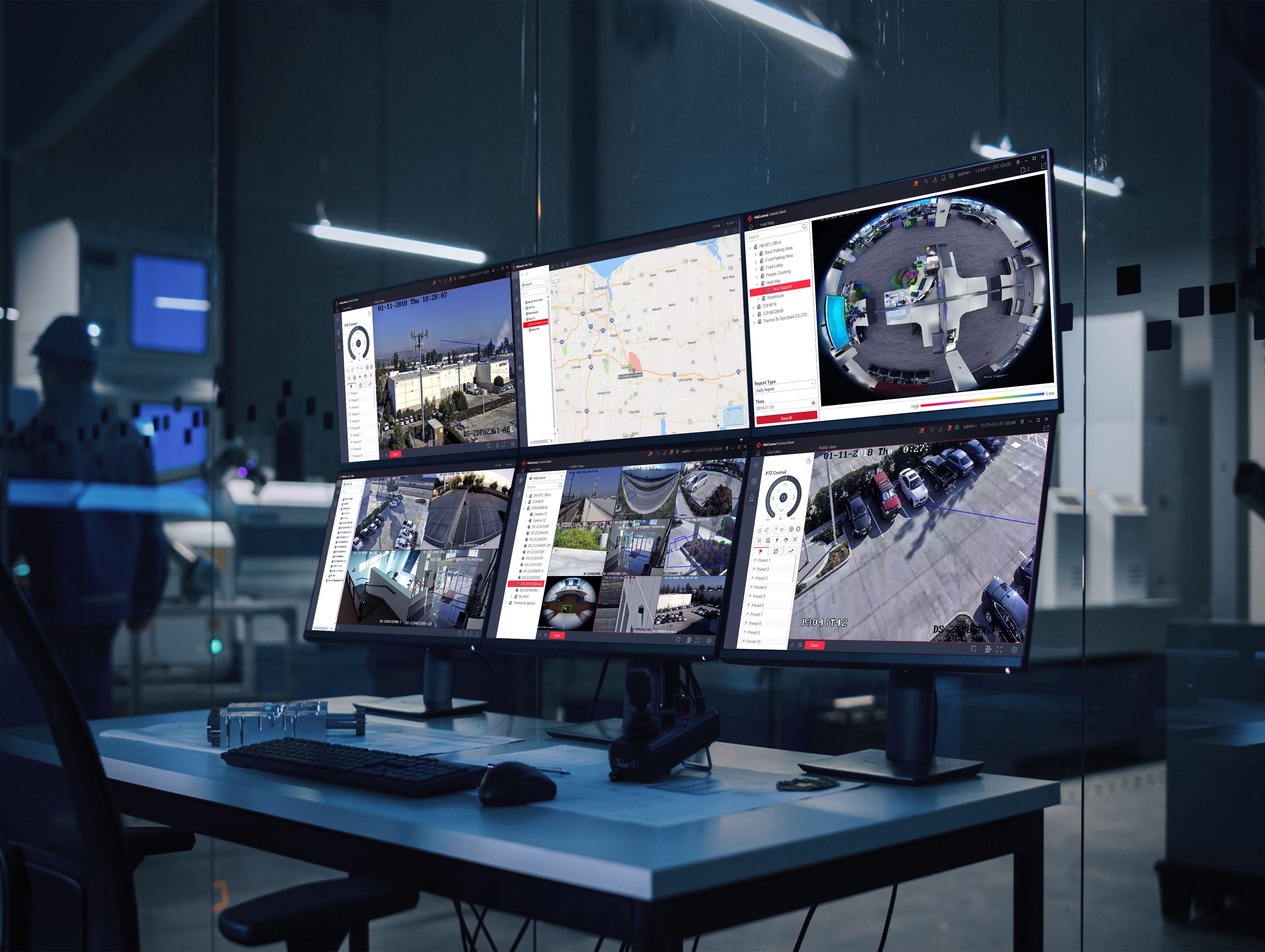Touch-Free Access Elevates Security for South Florida Condo
Complete access control and video security system enhances compliance and ease for residents
By John Xiao, Hikvision VP of Marketing

A south Florida condominium building near Fort Lauderdale sought an upgraded access control and video security system to better protect residents, make access control easier and more secure, and crack down on condo owners who were renting their units on Airbnb—in violation of association rules.
A Florida-based systems integrator installed touch-free biometric readers paired with an extensive video security system and simple third-party integration with Paxton Access for elevators, all managed centrally via Hikvision’s video management system (VMS), HikCentral. This VMS enables users to view video security from the security desk, a monitoring station, or from a smartphone, and can be enabled for notifications that enhance safety analytics for the user and their members.
“Our sales engineering team worked closely with the end user and integrator to ensure we developed a comprehensive system to overcome all their challenges and provide a solution. From reducing the rental of units to enhancing coverage at typical blind spots such as hallway corners, and boosting perimeter and parking security with specialized cameras, we facilitated better security that was easily managed centrally from HikCentral,” said Hikvision senior sales engineer, Kevin Shumate.
The 400-unit building had requirements to enhance and expand security for residents, and was looking to deploy cameras that could capture angles along hallways and stitch together broad views without warping. The integrator was tasked with installing 45 Hikvision MinMoe Biometrics Readers (model DS-K1T671M) along perimeter exit and entry points to deliver enhanced security and better compliance. Prior to the upgrade, residents who rented their units on Airbnb simply provided an access key fob to renters. Now with face authentication using the multi-modal readers, it deters and prevents owners from renting their units in violation of association rules.
The MinMoe readers deliver access control, video intercom, and video security capabilities in a single, sleek device. It provides access via multiple authentication modes, including facial authentication, PIN code, and traditional key fob. Registered users can use one of these methods to enter the building, while visitors can communicate with authorized staff using the intercom function. The MinMoe reader also supports intercom calling via mobile app, allowing security personnel to converse with guests and open doors remotely. Intercom audio is enhanced with echo and noise cancellation.
Initially, there was some hesitance by residents who were resistant to using a new system. Once they realized they could return home with their grocery bags in hand and face authentication would enable automatic entry into the building, they began to embrace the added convenience. The HikCentral VMS helped to seamlessly tie the whole system together including Hikvision security cameras and access control readers. The comprehensive system enables the end user to pull reports, gain analytics, and leverage other functional tools that offer complete and more effective all-around building security.
The MinMoe biometrics reader was supported and enhanced by management via HikCentral which enabled the system to connect and function with several video security cameras installed for the condo’s upgrade. A dozen Hikvision fisheye network cameras were installed in interior areas like hallways to provide better visibility for previous blind spots. And two dozen multi-sensor PanoVu panoramic 8 MP flexible cameras were installed to ensure clear visibility for large areas like parking lots and the lobby, as well as added visibility for hallway intersections. Hikvision’s “Flexible” PanoVu models feature four individual sensors with a motorized 2.8-12mm auto focus lens, providing a 270-degree view at a building corner or any application that requires 360-degree coverage.
The building exterior was updated with more than seventy 4 MP Outdoor IR Network Turret Cameras for high definition output that supports H.265+ video compression technology, which assures savings in bandwidth and storage.
Parking was also enhanced with Hikvision’s 2 MP DeepinView Ultra-Low Light Outdoor License Plate Recognition (LPR) Bullet Camera, powered by AI technology for advanced plate identification and analytics.
We take pride in our excellent customer support and leading technologies. Our customers want well-functioning, budget-friendly security technologies that come with built-in AI functions for performance and a touchless experience, so that is what we aim for.
* This article first appeared in the October 2022 issue of Door Security + Safety magazine, published by DHI. Used with permission.

The MinMoe Biometrics Reader offers multiple modes of authentication, including touch-free face authentication to open doors to the building.

The Video Intercom Indoor Station with 7-inch touch screen enables users to manage intercom functions with a simple touch.

The multi-sensor PanoVu 8 MP Flexible Series Camera offers panoramic views with four individual sensors with a motorized 2.8-12mm auto focus lens, providing a 270-degree view at a building corner or any application that requires 360-degree coverage.

The HikCentral VMS tied the comprehensive system together enabling centralized management of all components, including video security cameras, biometrics readers for access control, and integration with third-party systems.
